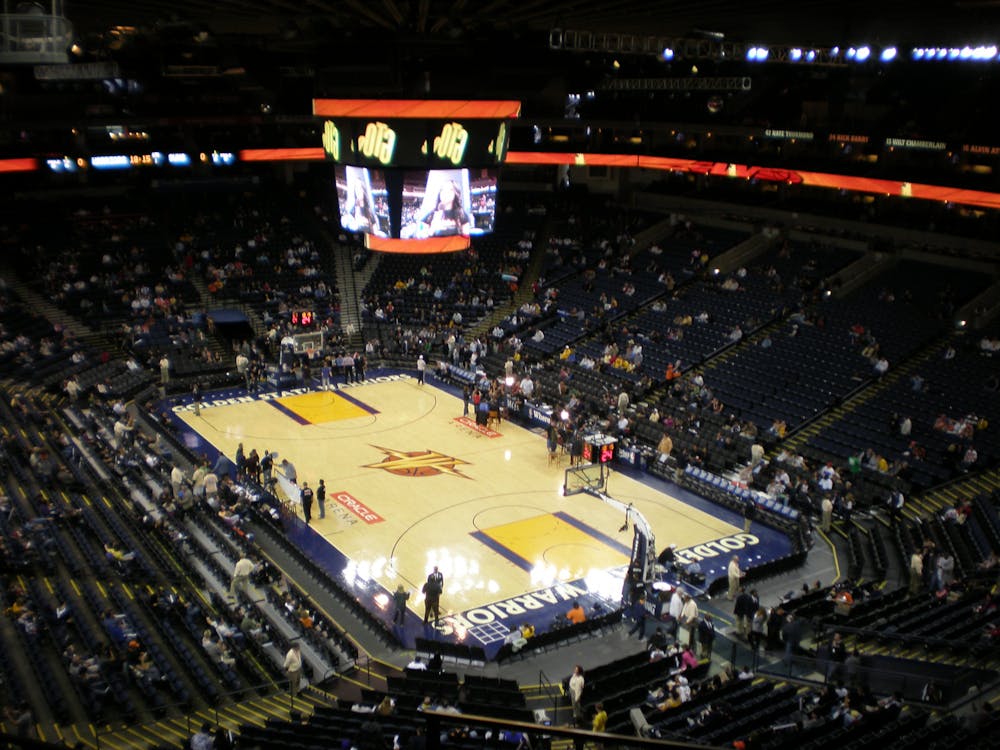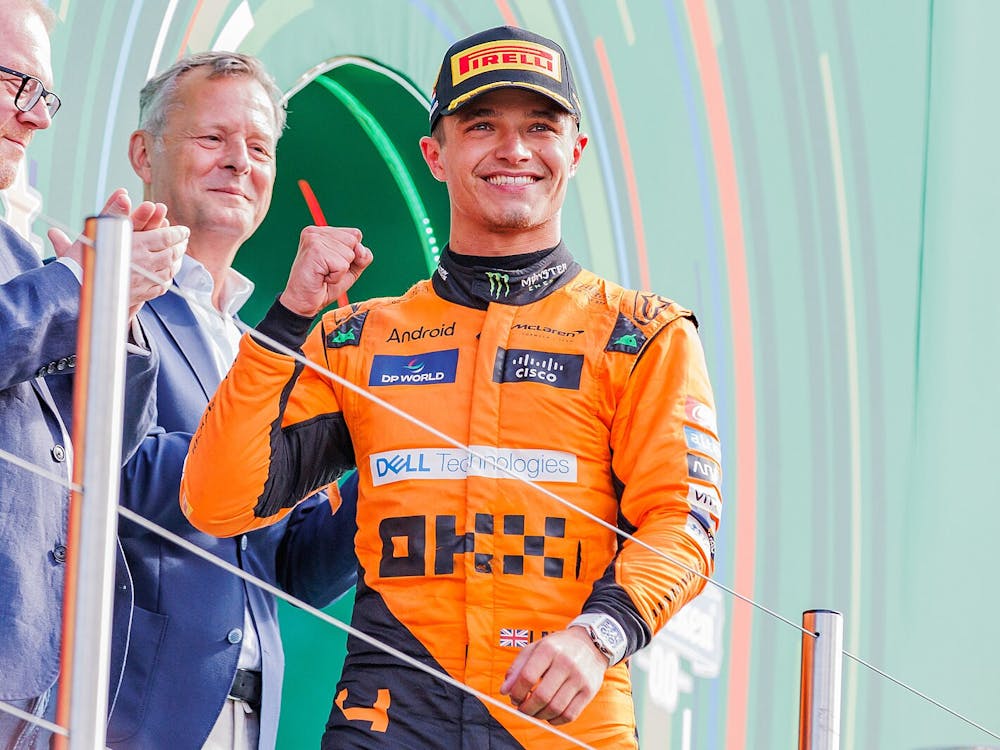
We’ve reached the ever-chaotic free agency period for the National Basketball Association (NBA).
This is the time when teams compete to sign the most coveted free agents, hoping they can alter the future of their franchises. For many fans this can be a joyous time when their franchise becomes a championship contender, or it can be a miserable experience with all signs pointing to an abysmal rebuild.
When the clock strikes midnight, marking the commencement of free agency, optimistic fanbases begin to continuously refresh their social media feeds. They’ll anxiously wait for reliable NBA insiders like Shams Charania and Adrian Wojnarowski to announce any transactions that may alter the future of their team or the entire league.
However, this year may look quite different from previous free agencies. Considering the unique circumstances of last season being during a global pandemic, the NBA saw a 10% decrease in revenue for the 2019-2020 NBA season. While this is a serious drop, it pales in comparison to what may happen next season if it were to begin without fans in attendance.
The NBA and the National Basketball Players Association have been in serious talks about when the 2020-2021 season should begin and what the appropriate salary cap and luxury tax levels are. If an agreement cannot be made, the salary cap could fall drastically from $109 million last season to $90 million for next season.
A salary cap decrease of this severity places almost every team into the danger zone of the luxury tax. This move also leaves very little money for teams to sign free agents. The League and the Players Association are discussing inflating the salary cap to keep it close to the $109 million thresholds from last season.
While the talks between the two parties are private, those talks are reported to be centered around allocating a large percentage of player salaries to a separate fund. In the case that a team's total player salary exceeds the mandated share of the total income, some of the allocated money will go back to the teams.
The NBA’s bubble season in Orlando this summer helped recover around $1.5 billion in revenue that would've been lost had the season not restarted.
The League is open to the idea of regional bubbles and intraconference scheduling to lessen team travel and avoid a COVID-19 outbreak. The NBA hopes that it can play games with fans in home arenas at some point during next season. However, it has also been exploring the possibility of modeling an environment similar to what Major League Baseball used for its 2020 postseason, where they played games with a small percentage of fans and had daily testing of all players.
The start and length of next season are up in the air. The League and Players Association have yet to reach an agreement on when the season should begin and how many games the teams will play.
Several options for the League’s restart range in viability and depend on what the players want to do.
The season begins Dec. 22 with a 72-game regular season and a play-in tournament for the playoffs. Or the season could start in mid-January, which is better for player recovery but would conflict with the 2021 Summer Olympics.
Ultimately the NBA’s goal is to get its calendar back on track for the start of the 2021-2022 season, which would mean a start in October and an end in June. Delaying the start of the 2020-2021 season until mid-January would make that goal unrealistic. At this point the salary cap and luxury tax will certainly decrease next year as well since the NBA will be missing out on revenue without fans in attendance.
So, what does this mean for offseason moves?
Teams will have to be more strategic with their offseason moves. Expect to see more trades than usual. Franchise centerpiece players like Anthony Davis this offseason and Giannis Antetokounmpo next offseason will certainly get paid the money they demand. However, role players and veterans may see a smaller market value and a smaller paycheck for that matter.
Another nail-biting offseason for NBA fans is ahead of us. This will be exciting.





